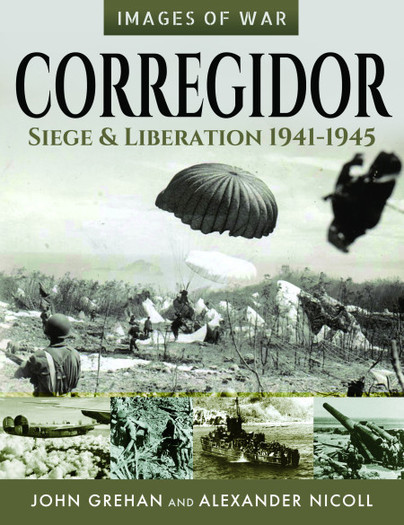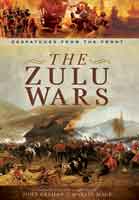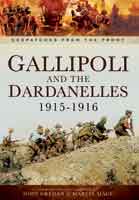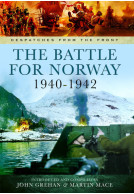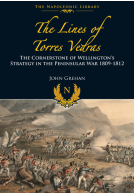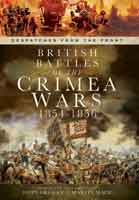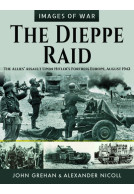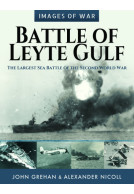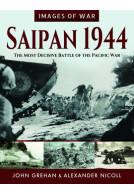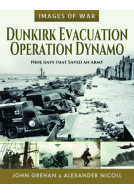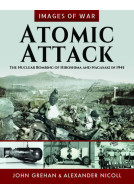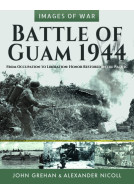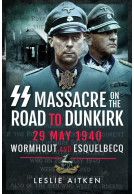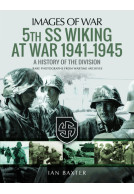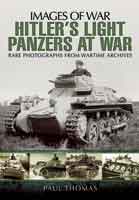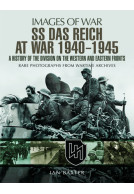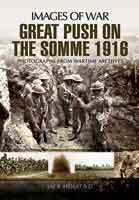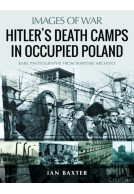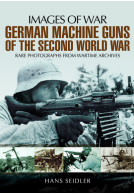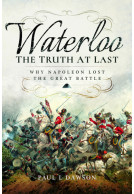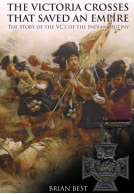Corregidor: Siege and Liberation, 1941–1945 (Paperback)

Series: Images of War
Pages: 216
Illustrations: 200 black and white illustrations
ISBN: 9781526799753
Published: 1st March 2021
(click here for international delivery rates)
Order within the next 8 hours, 56 minutes to get your order processed the next working day!
Need a currency converter? Check XE.com for live rates
| Other formats available | Price |
|---|---|
| Corregidor: Siege and Liberation,… eBook (85.1 MB) Add to Basket | £6.99 |
Singapore and Hong Kong had fallen to the forces of Imperial Japan, Thailand and Burma had been invaded and islands across the Pacific captured. But one place, one tiny island fortress garrisoned by a few thousand hungry and exhausted men, refused to be beaten. That island fortress was Corregidor which guarded the entrance to Manila Bay and controlled all sea-borne access to Manila Harbour. At a time when every news bulletin was one of Japanese success, Corregidor shone as the only beacon of hope in the darkness of defeat.
The Japanese 14th Army of Lieutenant General Masaharu Homma, threw everything it had at Corregidor, officially named Fort Mills. But deep within the island’s rocky heart, a tunnel had been excavated into Malinta Hill and there the US troops, marine, naval and army, endured the terrible onslaught. At their head was General Douglas MacArthur who became a national hero with his resolute determination never to surrender, until ordered to evacuate to Australia to avoid such a senior officer being captured by the enemy. Bur with his departure, the rest of the garrison knew that there was no possibility of relief. They would have to fight on until the bitter end, whatever form that might take.
That end came in May 1942. The defenders were reduced to virtually starvation rations with many of them wounded. Consequently, when, on 5 May the Japanese mounted a powerful amphibious assault, the weakened garrison could defy the enemy no longer. Corregidor, the ‘Gibraltar of the East’, finally fell to the invaders.
Those invaders were to become the invaded when MacArthur returned in January 1945. For three weeks, US aircraft, warships and artillery hammered the Japanese positions on Corregidor. Then, on 16 February, the Americans landed on the island. It took MacArthur’s men ten days to hunt down the last of the Japanese, after many had chosen to commit suicide rather than surrender, but Corregidor was at last back in Allied hands.
In this unique collection of images, the full story Corregidor’s part in the Second World War is dramatically revealed. The ships, the aircraft, the guns, the fortifications and the men themselves, are shown here, portraying the harsh, almost unendurable, realities of war.
I think this is an excellent series and I’d thoroughly recommend both books, not just for their photographs, but to anyone who wanted an introduction to either campaign.
The Naval Review
Read the Full Review here
Featured as a “new and noteworthy” title in
WWII History
The photographs in this book tell a story that I knew nothing about, and I believe that everybody who takes the time to look through it will be hard pushed not to find respect for the men who fought, died, or were captured here. A truly wonderful book, covering one of the many battles that get forgotten as history moves on.
Armorama
Read the full review here
The siege of Corregidor had been one of those places I had heard about and that things had been harsh and had been seen as a positively strategic one. But after reading this book it really does capture and convey the might of one small island and it’s defenders because the Japanese literally threw everything at it barring the kitchen sink. The one thing that helped this island was the ability to build a network of tunnels in which the American troops were able to use in order to protect men and equipment. Which then showed when the American’s came back they had to use assault troops rather than heavy bombing which the Japanese had been using in order to get a quicker victory. As usual these books are predominantly about the photos which are all of a high clear standard, some sad, formal, grim, victorionic, jubilant, amusing and more. There are also some good patriotic adverts and patriotic adverts of the time, which I usually find amusing and interesting. A really interesting book that takes you into the fighting and the tunnels too looking at some remarkable people, actions and instances of valour. A great addition to this fine series.
UK Historian
5 stars
Read the full review here
Another excellent addition to the Images of War series, and a good mix of the story in the text, illustrated by an impressive selection of archive photos.
Military Model Scene, Robin Buckland
Read the full review here
'This latest volume in the Images of War series shows a graphic depiction of what the fall of Corregidor and the much later recapture of the “Gibraltar of the East” was like. The selection of the photographs backed up with the well researched captions is commendable. It is not so much an analysis of the battle but more a photographic chronicle of what happened and the aftermath. I highly recommend it to anyone with an interest in the battles for Corregidor, Pacific airborne operations, and anyone with a desire to see what it was like to fight for such a small island that proved to be a thorn in the side of the Japanese military thrust across the Pacific'.
Todd Shugart
About John Grehan
JOHN GREHAN has written, edited or contributed to more than 300 books and magazine articles covering a wide span of military history from the Iron Age to the recent conflict in Afghanistan. John has also appeared on local and national radio and television to advise on military history topics. He was employed as the Assistant Editor of Britain at War Magazine from its inception until 2014. John now devotes his time to writing and editing books.
About Alexander Nicoll
ALEXANDER NICOLL has been involved in writing and publishing military history for thirty years. He began his career with local history, and has since written numerous books and magazine articles, predominantly on subjects relating to the two world wars.







